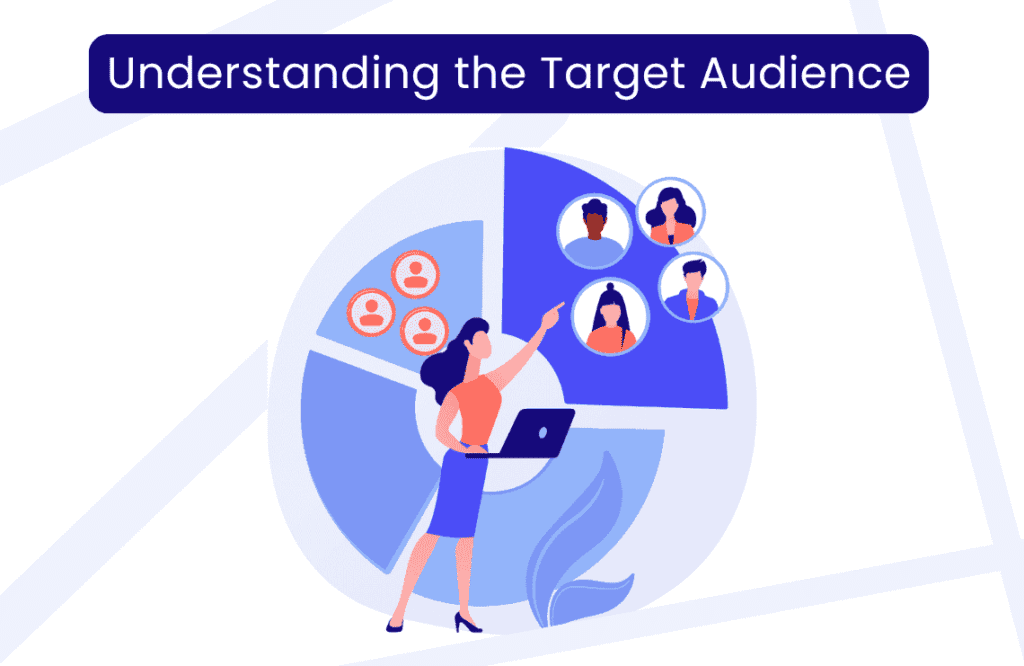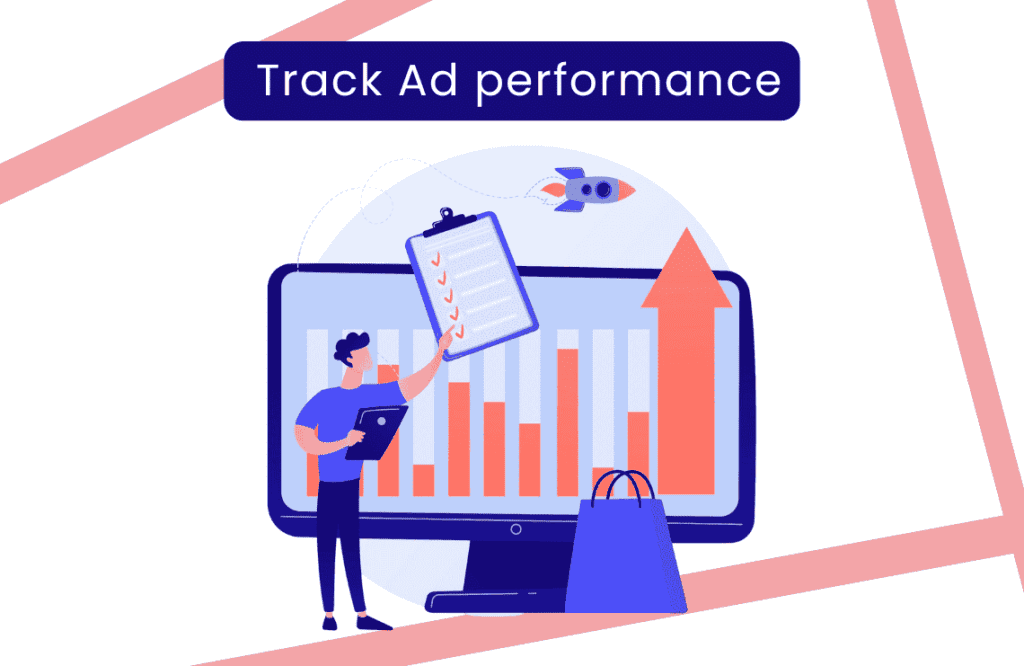
Table of Contents
ToggleWhy 90% of Startups in India fail in advertising
Most startups in India face major struggles with advertising. A common reason is the lack of clear goals and knowledge of the market. Many young companies don’t know where to begin and waste money on ads that don’t work. They try random digital campaigns or outdated traditional ads like posters and newspapers. This leads to poor results and frustration.
Another major issue is ignoring proper planning. Startups often don’t know who their target audience is or how to reach them effectively. Without a focused approach, even the best product won’t reach the right customers. Many startups don’t track ad performance or understand how to improve it.
A smart digital marketing agency can help, but startups should also educate themselves. In 2025, digital is more important than ever. If startups understand the reasons they struggle and focus on improvement, they can avoid common advertising mistakes.
Below are the top ways to improve. These tips are based on common advertising challenges and are also aligned with the best ways to promote a new startup online in 2025.
How to avoid advertising failure in 2025
Advertising doesn’t have to be costly to be effective. In 2025, digital marketing is more powerful and accessible. Startups can get great results by using the right methods. Whether you’re promoting your business for the first time or trying to improve past campaigns, avoiding common mistakes is key.
Digital platforms offer many tools to reach people without a huge budget. It’s about using smart strategies and staying consistent. Many small businesses wonder – is digital marketing effective for startups in India? The answer is yes, but only when used correctly. It offers better tracking, targeting, and results than most traditional methods.
Instead of guessing or copying big companies, startups should focus on strategies that suit their needs. Here are seven practical and cost-effective marketing techniques for startups in India. These are proven methods that work well with limited budgets and help build long-term growth.


1. Define and understand your target audience
Before creating any ad, startups must clearly understand who they’re talking to. One of the top advertising challenges for Indian startups is poor targeting. Advertising to the wrong group wastes money and lowers results. Instead, focus on finding the right audience.
Think about age, gender, job, interests, location, and online habits. Ask questions like: Who will benefit most from my product or service? Where do they spend time online? What problems do they face?
Use free tools like Facebook Audience Insights and Google Analytics to get answers. This helps tailor your content and ads to the right group. Personalized ads get more clicks and build stronger connections.
If you’re unsure, start with small test ads and see who responds. Then adjust your audience based on the data. A digital marketing agency can also guide you with audience research.
In short, targeting the right people with the right message is the base of any successful campaign. It’s also one reason why every business needs digital marketing in 2025.
2. Use SEO to Build Long-Term Organic Traffic
Search engine optimization (SEO) helps startups appear on Google when people search for related topics. It’s a slow but steady method. While ads stop when your budget ends, SEO keeps bringing visitors over time.
Create blogs, product pages, or FAQs with keywords your audience is searching for. Use terms like “best skincare for oily skin” or “cost-effective marketing techniques for startups in India.” Answer questions your customers might ask.
Good SEO includes using proper headings, fast-loading websites, and mobile-friendly pages. Add meta descriptions and internal links. You can use free tools like Ubersuggest to find keywords.
This strategy doesn’t give results overnight. But within months, it can bring consistent traffic for free. Many startups overlook this because they want quick results, but SEO builds trust and credibility.
In 2025, organic traffic is still valuable. If your startup appears on search results, customers are more likely to trust you. SEO is one of the best ways to promote a new startup online without burning your ad budget.
3. Run Facebook and Instagram Ads Using Proper Targeting
Do Facebook ads work for small startups? Yes—if done right. Many businesses waste money by not targeting their audience properly. Facebook and Instagram let you choose who sees your ads by location, interests, and age. This helps show your ad only to people who are more likely to buy.
Start by setting a small daily budget. Focus on one product or offer at a time. Use eye-catching images, short videos, and simple captions. Add a call to action like “Shop Now” or “Learn More.”
These platforms also let you retarget people who visited your website or liked your posts. This increases the chances of converting them into buyers.
Use their built-in tools to measure results. You can track how many people saw, clicked, or bought from your ad. This data helps you improve the next campaign.
Facebook and Instagram are two of the best tools for startups looking to grow quickly and cheaply. They’re especially useful when combined with other cost-effective marketing techniques for startups in India.


4. Focus on Engaging, High-Quality Content
High-Quality Content content builds trust. Instead of just selling, give value. Share tips, answer questions, or tell stories. This shows that your brand understands and cares about the customer. It also makes people more likely to share your posts.
For example, if you sell home products, make short videos on home care tips. If you run a food startup, post recipes or ingredient stories. People love learning something useful.
Use a mix of content like blog posts, videos, reels, carousels, and customer stories. Keep your tone friendly and clear. Avoid confusing terms. Simple language connects better.
High-quality content can also support your SEO goals. Use keywords such as “how to use social media for promoting a new startup” or “why digital marketing is better than traditional marketing.”
Over time, this kind of content will build your online presence. When combined with ads, it increases trust and helps people remember your brand. This is a smart move if you want to stand out in a crowded space.
5. Use Google Ads for Search-Based Customer Intent
When people search for something on Google, they already have an interest. That’s why Google Ads are great for startups. You can show your product or service right when people are searching for it.
Google Ads lets you pick keywords like “affordable hair oil in India” or “best website design for small business.” When someone types these, your ad can appear at the top.
The best part is that you only pay when someone clicks. This is called pay-per-click (PPC). It’s useful when you want fast results.
For example, if you just launched a product, you can run ads to get traffic on day one. Combine this with a strong landing page or product page, and you’ll start getting leads.
Always check the performance of each ad. Stop the ones that don’t work and increase the budget for the ones that do.
Google Ads are one of the best ways to promote a new startup online and should be part of your digital strategy in 2025.


6. Track Ad Performance and Optimize Regularly
Running ads is not enough. You have to measure if they’re working. Many startups ignore this step and waste their budget.
Use tools like Facebook Ads Manager or Google Ads dashboard to see how your ads are performing. Track metrics like clicks, sales, and engagement. Are people clicking but not buying? Maybe your message isn’t clear. Are some ads doing better than others? Shift your budget there.
Even small changes can improve results. Test different headlines, images, and offers. This process is called A/B testing.
A digital marketing agency can help with regular analysis. But you can also start on your own. Set a schedule to check ads weekly. Turn off what doesn’t work and improve what does.
This step saves money and boosts your success rate. It’s also the reason why digital marketing is better than traditional marketing—you get real-time feedback.
7. Analyze Competitors to Improve Your Strategy
Understanding what your competitors are doing is one of the best cost-effective marketing techniques for startups in India. By looking at their advertising campaigns, you can learn which messages resonate, which channels work best, and where there are gaps you can fill.
Start by identifying two to three startups in your space. Visit their websites, follow them on social media, and sign up for any newsletters they offer. Take note of their ad formats—whether they use short videos, carousel posts, or search ads—and how often they post.
Next, use free tools like SimilarWeb or Facebook Ad Library to see which keywords they target and how much traffic they get. Check their engagement rates: how many likes, comments, and shares do their posts receive? This data helps you understand what content your audience responds to.
You can also study their offers—discounts, free trials, or bundles—and test similar or improved versions for your own ads. Using competitor insights in your planning allows you to avoid guesswork and make data-driven decisions.
Regular competitor analysis not only guides your ad targeting but also helps you position your brand more effectively. This is a key reason why every business needs digital marketing in 2025—understanding the market and staying one step ahead of similar brands.
Conclusion
Startups often fail at advertising because they rush in without a plan. They don’t study their audience or track results. But digital marketing in 2025 offers many affordable and smart ways to grow.
Whether you work with a digital marketing agency or do it yourself, the key is to understand what works. Use clear goals, good content, and track everything.
From Facebook ads to SEO, small businesses now have more tools than ever. If used wisely, these cost-effective techniques can help you avoid failure and grow your startup in India.
Digital marketing is not a choice—it’s essential for growth. Regular competitor analysis will help you understand your market, adapt your tactics, and stay ahead of other startups.
Startups in India often fail due to factors such as lack of market research, insufficient funding, and poor management skills. Many founders struggle with scaling and adapting their product to market demands. Other common reasons include poor product-market fit, inadequate marketing strategies, and ineffective customer acquisition. Lack of proper business models, competition, and legal or regulatory hurdles also contribute to the high failure rate.
Some of the top startups in India include BYJU’S, an ed-tech platform, Zomato, a food delivery service, and Ola, a ride-sharing app. Other notable names are Swiggy, Razorpay, and Cred, all of which have disrupted their respective industries through innovation, customer-centric approaches, and strong digital marketing strategies.
A prominent example of a failed healthcare startup in India is HealthKart (at its early stage), which struggled due to a lack of product differentiation, high competition, and inadequate customer understanding. Another example is Lybrate, which faced challenges in scaling its business model and competing against larger, more established players in the healthcare sector.
Yes, advertising is crucial for new companies. It helps build brand awareness, attract customers, and establish a market presence. Without effective advertising, even the best products can go unnoticed. Advertising drives traffic, builds trust, and positions a brand as a solution to customer problems. For startups, advertising is essential to gain visibility and compete in a crowded market.
Some common advertising mistakes made by Indian startups include:
- Targeting the wrong audience: Not identifying and reaching the right customer base.
- Inconsistent messaging: Failure to maintain a clear, cohesive brand message across channels.
- Over-relying on one platform: Focusing too much on one advertising platform and neglecting others.
- Lack of ROI tracking: Not measuring the effectiveness of ads and not adjusting strategies accordingly.
- Ignoring customer feedback: Not using customer insights to improve campaigns.
The best advertising platforms for Indian startups in 2025 will likely include:
- Instagram and Facebook for targeted ads, especially for consumer-focused brands.
- Google Ads for search engine marketing.
- YouTube for video ads and influencer marketing.
- LinkedIn for B2B marketing and professional connections.
- TikTok (if allowed) and Snapchat for engaging younger audiences.
- Native advertising on platforms like Reddit and Quora to generate organic discussions.
- Leverage Social Media: Use platforms like Instagram, Facebook, and LinkedIn to connect with your target audience and build brand awareness.
- Focus on Content Marketing: Share valuable content, including blogs, videos, and infographics to engage customers and improve SEO.
- Use Influencer Marketing: Collaborate with influencers to reach a wider audience and build credibility.
- Retargeting Ads: Use retargeting to bring back visitors who didn’t convert the first time.
- SEO and SEM: Invest in search engine optimization (SEO) and search engine marketing (SEM) to drive organic and paid traffic to your website.
- Referral Programs: Offer rewards for customers who refer others, creating organic growth through word-of-mouth.

